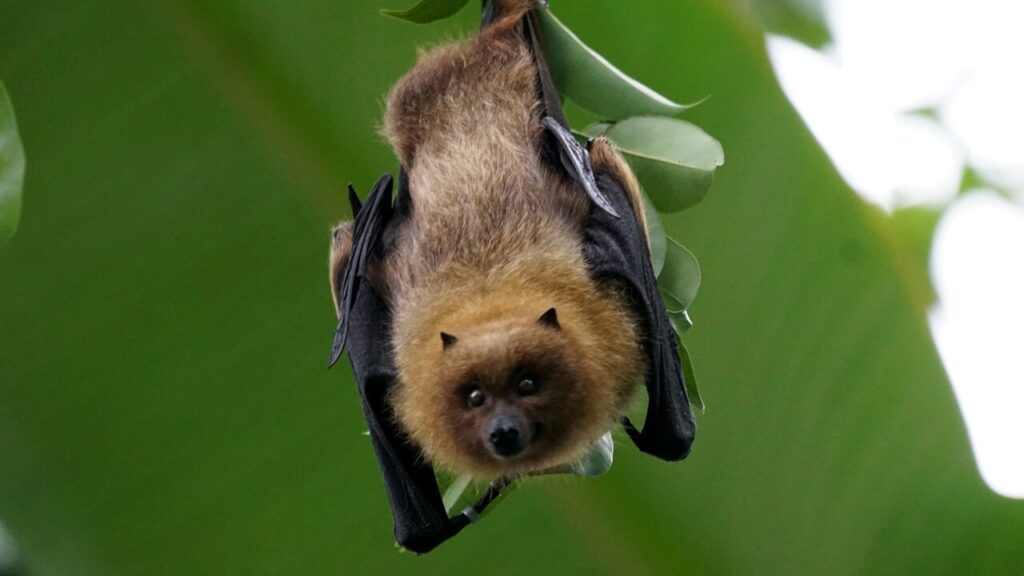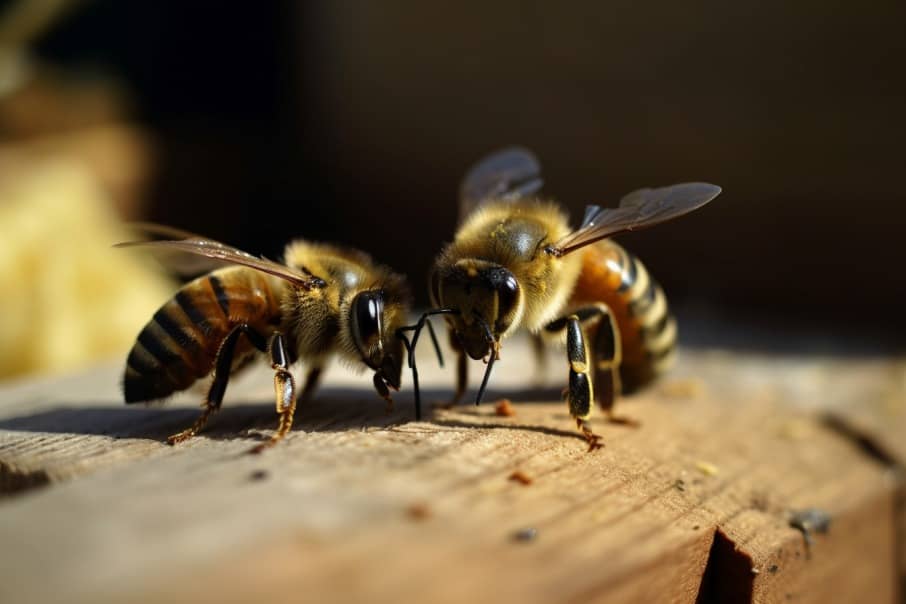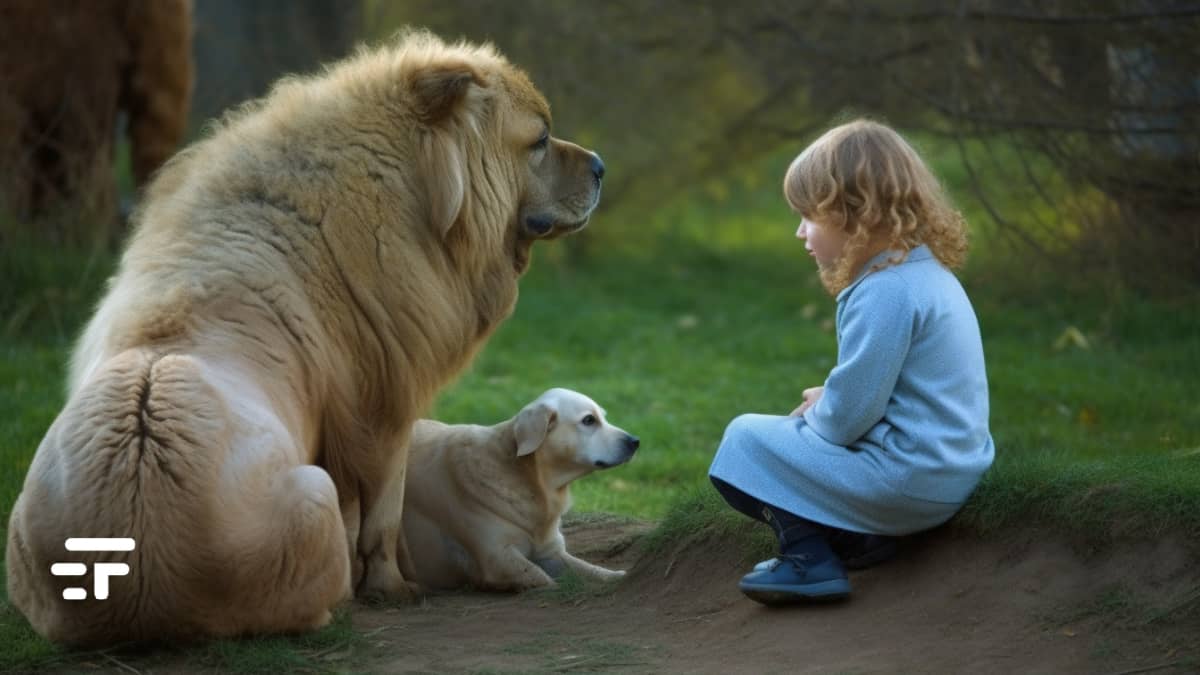Digital bioacoustics combined with artificial intelligence is revolutionizing the way we understand the animal world and its complex forms of communication. Thanks to the convergence of these two technologies we are questioning what we thought we knew about the communication abilities of animals and the supposed gap between humans and non-humans. One day we may come to understand animals and communicate with them in a completely new way.
What are we doing with bats and bees
Karen Baker, a professor at the University of British Columbia, wrote a rather interesting book on the subject. It's called "The Sounds of Life", and explores the paths that scientists are taking to understand animal communication through new technologies. Two cases above all deserve a special mention: I will illustrate them quickly.

In the first case, a team led by the researcher Yossi Yovel studied the communication between the Egyptian bats recording audio and video 24 hours a day for over two months. Using a speech recognition algorithm, the researchers analyzed over 24 different sounds with the aim of studying recurrences and repetitions. What did they discover? Simply put: bats have complex communication, with individual “signatures”. Their communication also differs by gender, and they even use dialects.

In the second case the researcher in bioacoustics Tim Landgraf used artificial intelligence to study communication between bees. A communication that is based not only on sounds, but also on body movements. Bees are famous for the “blender dance” and for love the ball game, but Landgraf found that they also use other specific signals, “knocks” of horns, and signals to express amazement. Landgraf even created “Robobee,” a robotic bee that he “infiltrated” into a hive to communicate with real bees. To his amazement, Robobee made herself understood and respected by also giving directions to the other bees with a special "stop" signal.
Bioacoustics, the future of interspecies communication
With the use of electronic sensors and speakers, we are able to trace patterns in animal communication that we couldn't before. The question of whether we can call these forms of communication “animal language” is still open to debate, but it is clear that animals have much more complex ways of communicating than we previously thought.
Digital bioacoustics is opening new frontiers in animal communication research, and it will be interesting to see how this new knowledge can influence the way we think about the relationship between humans and other species. Perhaps, in the not too distant future, we will finally be able to understand what animals are saying to each other and how this can further enrich our relationship with the natural world.


